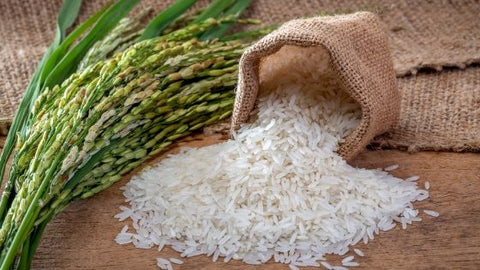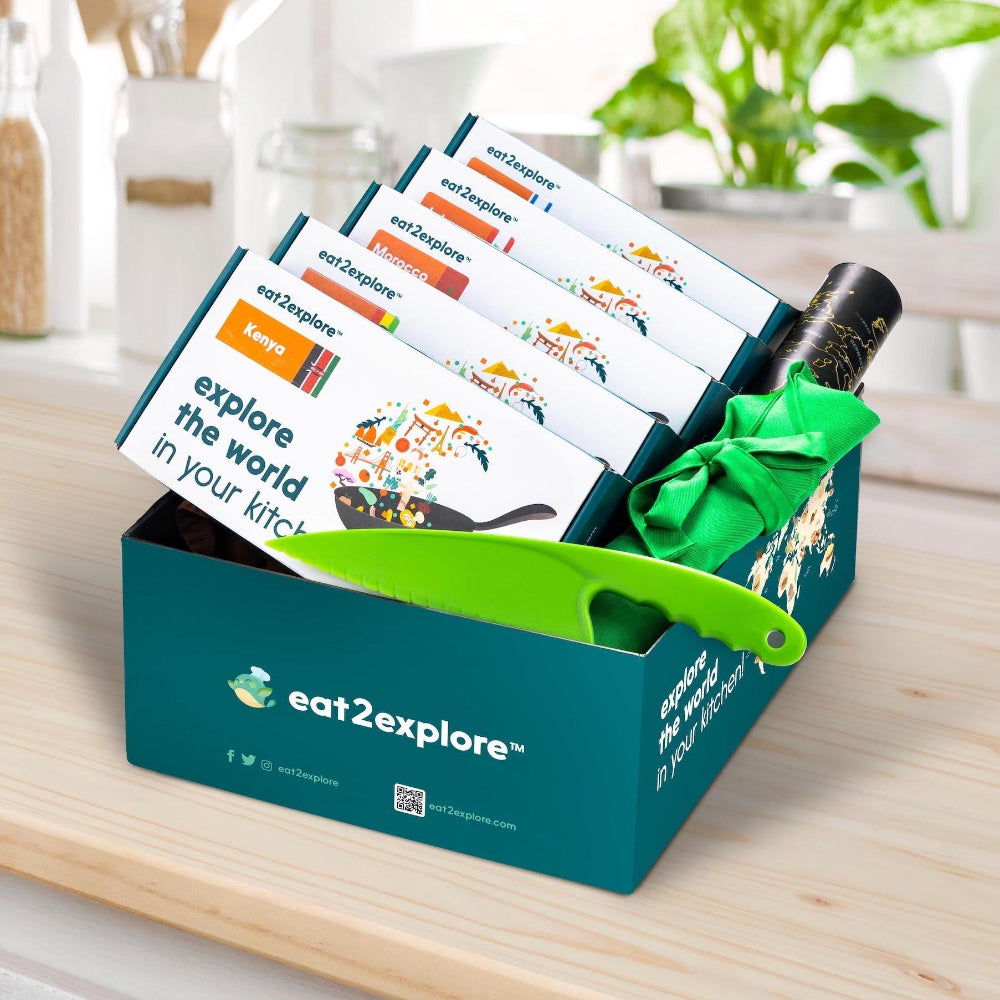When you think of Spanish food, you think of paella, right?
This popular Spanish dish has an interesting pedigree. Come along as we explore the history of paella!
We have to go WAY back to the 8th or 9th century to find the Moors on the east coast of Spain in the region known as Valencia.
When the Moors came to Spain, they brought rice with them. Rice dishes had long been a staple of Moorish cuisine. Valencia, the undisputed home of Spanish paella, is one of the largest producers of rice in Spain today.

Centuries ago, servants in the royal houses of Arabic Spain would take home the leftovers from the king’s table. There, they would combine these tidbits with rice and vegetables from their gardens to make a hearty dinner for themselves.
There’s even a word origin theory that says the word paella came from the Arabic word baqiyya meaning leftovers! That may be a stretch, as we’ll soon learn.
See, the word paella in Valencian Spanish refers to the PAN, not the rice dish, and most likely comes from the Latin word patella, meaning pan, or the Old French word paelle, meaning frying pan.
But back to the yummy rice dish.
We can now add another historical layer to the mix. Since paella probably came to Spain with the Moors, their cuisine was heavily influenced by Arabic, Persian, and Indian culture.
And in those cultures, rice dishes abound, including pilaf, pulao, and biryani.
So now we see the path of paella from the Arab world into Valencia in Moorish Spain.
Fortunately, the Valencian cooks embraced the blend of fluffy rice with savory meats and vegetables and perfected the dish into the national Spanish food we know today.
How about a bonus international input to paella? When you see traditional paella, you notice the rice is yellow. Why is that?
In a word, saffron!

Saffron is a spice made from the fuzzy yellow bits of a crocus flower, called threads. It takes 1000 flowers to add up to just one ounce of saffron threads, making it one of the most expensive flavorings in the world!
Believed to have originated in Mesopotamia or Greece, saffron also traveled with the Moors when they came to Spain with their rice.
So now we see that the beloved Spanish dish paella has a rich and multicultural history. Blending Latin, Arabic, Indian, and Middle Eastern elements, this rich comfort food the Valencians craft today is nothing short of an international culinary wonder.
When it’s time for a feast, it’s time for paella. This national dish of Spain is the go-to centerpiece of any festive occasion. Why don’t you try out a pan of paella yourself?
If you are interested in the amazing cuisine of Spain, check out our Explore the World Spain Box!
For more exciting options, explore our eligible for discount boxes.
Watch now as our Explorer chef prepares delicious Chicken Paella!







